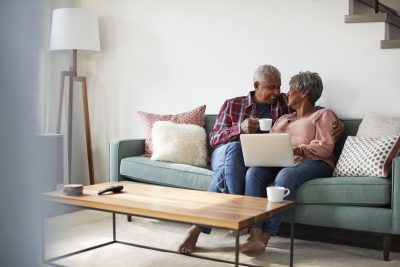Age in Place: Upside Risk
I guess every form of refuge has its price.
~Eagles
I was listening to Dr. Bill Thomas describe the danger of creating “too safe” of an environment where individuals are not allowed the opportunity to take risks that would permit them to grow and thrive. He notes that the term “risk” simply means an outcome that’s different than expected.
In defining risk this way there are actually two sides; the familiar downside to risk which is the probability that things are going to turn out worse than expected–and the lesser known upside to risk where things actually turn out better than anticipated.
Upside of Risk
It is this upside to risk that seems to be lacking in Long-Term Care settings; which according to Dr. Thomas are obsessed with the downside–and I agree. This is really a symptom of the “biomedicalization” of aging where the elderly are treated as a disease category to be cared for (paternalistically) by “experts.”
One aspect of this paradigm is infantilizing older people and turning them into “patients” to be subject to over-protection. The elderly are not seen as capable of human development and growth. The unstated here is that the end of the lifecycle is not worth risking for potential upside benefits. Thomas makes the point that in no other part of the life-cycle is risk aversion allowed.
The Upside Risk of Environmental Press
Aging in place is risky…Older adults are called upon to rise to the occasion daily to meet the demands of living at home: Drive to the market, mow the lawn, tend the garden, care for pets, and deal with home upkeep/repairs, security, ADLs, laundry, bills, cleaning, cooking, and many other related responsibilities that could, in some cases, be done for them.
These traditional “burdens of home ownership” that many seek to avoid, are really forms of what’s called Environmental Press (EP), or forces in the environment that together with individual need evoke a response. And it’s in meeting the demands of EP that older adults remain not just physically challenged–but mentally as well. For example, older men lose muscle mass at twice the rate of older women because in retirement women continue to do chores around the house–and “the life of leisure” may not be neuroprotective.
Perhaps it’s time we begin to equate aging in place with the upside of risk. As Bill Thomas states: Lives should include a balance of downside and upside, risks are part of a normal healthy life.
________________________________________________________________________________________
Environmental press model
*It is not always physically, mentally, or economically feasible for many older adults to be aging in place–this does not work for everyone all the time.

